‘Compelling’, ‘seminal’ and even ‘Utopian’ are just some of the words being used to describe a French study that has worked out how a growing population of Europe could be fed a healthy diet, produced by a mass increase of low-intensity, low input and ecological farming.
Produced by Paris-based think tank IDDRI, the study, called Ten Years to Agroecology or ‘TYFA’, has mapped a radical new food and farming system, phasing out artificial pesticides and synthetic nitrogen, moving away from soybean imports, and reducing the greenhouse gas emissions of farming by 40 per cent.
Initially published in French in February 2019, it was unearthed by the UK’s Soil Association, who thought it was so significant they paid for an English translation and helped commission a UK-specific follow-up.
The findings are striking. The authors used average organic yields for crops in Europe to model exactly how much of what crop could be grown where. Despite overall yield decreases of an average of 35 per cent, compared to yields in non organic systems using chemicals, the findings show there could be enough food produced under an ecological system to feed the predicted 530 million Europeans by 2050.
It’s a vision of a healthy population, fed by prosperous and diverse farmers, with a thriving biodiversity and increased food security. So where’s the catch?

Inevitably, there are big questions around the cost of such a transformation, plus the diet change needed to facilitate it. But the researchers behind the study have openly stated that it is not a diet or farming system to be imposed. Instead, they say it is a model “to show what is possible”, should political and public will be in favour and the economical circumstances be in place.
There is a trio of starting points: the threats around climate change, an alarming loss of biodiversity and the surge in diet-related illnesses in the West like obesity, or diabetes. TYFA aimed to challenge the usual response to these crises – often described within food industry-speak as ‘sustainable intensification’, or ‘doing more with less’, by modelling a different way of mainstream farming.
“It does change the debate considerably,” says Gareth Morgan, head of farming and land use policy at the Soil Association. “It’s quantified, commodity by commodity, and it’s very clear: there’s enough to feed an increased European population.”
The key tenet underpinning the study is a reduction in eating of animal products – but it does not advocate withdrawing livestock farming or meat eating altogether, which it says is a vital part of securing soil fertility without synthetic chemicals or fertilisers.
In the model, this reduction would halt the import of deforestation-causing soybeans, plus reduce the amount of arable land being used to produce animal feed. Other changes include a shift to eating more fruit and vegetables, more plant protein from legumes, and producing more biofuels in a comprehensive tying together of farming for food, fuel and materials.
The anti-cow narrative
For Pierre-Marie Aubert, senior research fellow at IDDRI and co-author of TYFA, the inclusion of livestock in this model also forms an important counter narrative.
“One of our key concerns is the fact that there is a very strong anti-ruminant side to the debate,” he says. “All these people are putting climate at the centre of the story, but not talking enough about biodiversity and the functioning agroecological system. Without ruminants, we will have big holes in the landscape.”

It’s why the launch of TYFA was timed to coincide with another much more publicised report, the EAT-Lancet, which gained global attention and much criticism for its ‘planetary diet’.
Aubert says part of the incentive behind the TYFA study was to provide an alternative model that starts from what is possible in sustainable farming terms, rather than beginning with the diet and working backwards.
“EAT-Lancet was stringent on red meat intake, whereas this IDDRI model has produced a diet that is quite high in dairy, and much higher on vegetables and legumes, where a lot more of our protein will have to come from, and which help fix nitrogen for the cereals,” says Morgan.
Aubert calls dairy an “integral part of the structural landscape”, partly because cows are used to graze permanent grasslands, which provide another key aspect to the model. These grasslands – not the UK’s patchwork of small, green fields, but rather the open expanses in Transylvania or mid France – are not sowed or fertilised, and only minimally grazed.
They also have a defining role in biodiversity: “Without grassland of a minimum of 20 per cent, you are not able to keep the biodiversity of agricultural landscape,” says Aubert. “Without that, you are likely to limit yield increases. And they have an important role in filtering water from rain into the water bodies.
More importantly, these grasslands fix atmospheric nitrogen in the ground, crucial for fertility, and central to how the TYFA model reduces the greenhouse gas emissions of farming by replacing synthetic nitrogen.
The trouble with carbon accounting
Officially, nitrogen accounts for a third of the agriculture sector’s emissions. Unofficially, this figure could be much higher as it only takes into account the impact of nitrogen once it reaches the soil, not in its manufacturing process, which uses natural gas.
“Artificial nitrogen is the hidden factor in greenhouse gas figures that isn’t fully accounted f0r in agriculture at the moment,” says Morgan.
But such lifecycle calculations around greenhouse gases and other impacts of farming are notoriously complex. As Jonathan Scurlock, the NFU’s chief advisor for renewable energy and climate change, explains, if you are looking upstream at one area, you would need to do the same elsewhere, pointing to the carbon emissions of mechanical weeders used by organic farmers to replace herbicides as one example.

The NFU has recently set out its plan to help UK farming reach net zero emissions, something it says it will achieve via reductions, and precision application, of chemical inputs, as well as biofuel production, and carbon capture.
The TYFA model has a rather more modest ambition of reducing emissions by 40 per cent, taking account in its results of the wider benefits to biodiversity from this style of farming, plus the reduction in deforestation pressure and emissions from other countries by quitting soy imports. Further gains could be achieved through accounting for more agroforestry.
Public pressure and price stability
Carbon accounting nuances aside, the point of the TYFA study, according to its authors, is to provide a radical and attainable scenario. And there are much bigger questions to be asked around exactly how this can be done and how much would it cost.
Aubert says there are two sides: the longer-term where there is potential to restructure farming subsidies to reflect public resources like health, and the short-term picture in the next five to ten years, where any change will rely on public pressure.
“We really need people to change what they eat and how they eat: reduce animal protein. We don’t need everyone to be vegan or vegetarian – but we do need everyone to reduce,” he says. “We also need all these people to voice what they want their landscape to look like.”
Another thing that could make all the difference is price stability. “What struck us, and we were not expecting this, was that if we want farmers to transition, we need prices to be stable, and probably increase. This is more important even than subsidies,” he says.
Will people need to pay more for food?
A higher price is the most commonly-cited barrier to the expansion of organic, or agroecological, farming: there are more manual labour costs, and less shortcuts for pest control, so the end price tends to be higher. It has led some people to wrongly conclude that organic food “is just for rich people”, as Morgan puts it, but Aubert says there is another way of viewing it.

“At a French level, the share of the household for food is 12-16 per cent, if you include drinks. If you think about increasing that to 18 or 20 per cent, think about what other expenses the household could be cut out for that increase to happen, and that is one possible answer,” he says.
Another way is to reduce the cost of marketing or advertising for food, currently up to 60 per cent on some brands, says Aubert. This would mean prices can remain the same for consumers, but there would be more in the chain to be passed back to producers.
Currently, a food brand must fight to stay on shelves alongside supermarkets’ own labels by selling products, which it does by marketing and advertising. “For some products, marketing is up to 50 or 60 per cent of the cost of the final product. If you cut it by 10 or 15 per cent, you can see how we might increase prices to producers and maintain them for consumers,” says Aubert.
These are all big systemic changes that cross over into farming, retail, shopping choices and budgets, as well as politics. It’s a huge ask, and Aubert is clear that nothing will happen “without a lot of pressure from consumers and policymakers”.
The TYFA team at IDDRI have so far focused their efforts on the latter, and the study has been presented around once a week for the last 18 months directly to over 6,000 people across Europe.
Changing the diet of a nation
Perhaps the biggest challenge is to influence the diet of a nation towards something that might enable an agroecological farming system to become mainstream.
“The sort of changes we are envisaging in terms of diet are similar in scale to what we’ve seen over the past 50 years. In that sense, I don’t see it as a big deal,” says Aubert, who says there is a resistance to the idea of shaping diets.

“At the moment there is a strong push back about having a public discourse on diets because it ‘restrains people’s liberty’. However, over the last 50 years policymakers have pretty much orientated what people have been eating,” says Aubert, recalling how in the 60s, the then French Prime Minister appeared on TV drinking milk, with the message that all French people should drink a glass of milk every day to support dairy farmers.
“It’s also about having strong instruments of social marketing and advertising regulations. We cannot expect that people will change by themselves without clear incentives and strong messages,” he adds.
The TYFA study is fresh and quantifiable evidence for how to create a sustainable food and farming system, with many questions still to be asked.
As Aubert puts it: “The most exciting finding was to find that it was possible.”

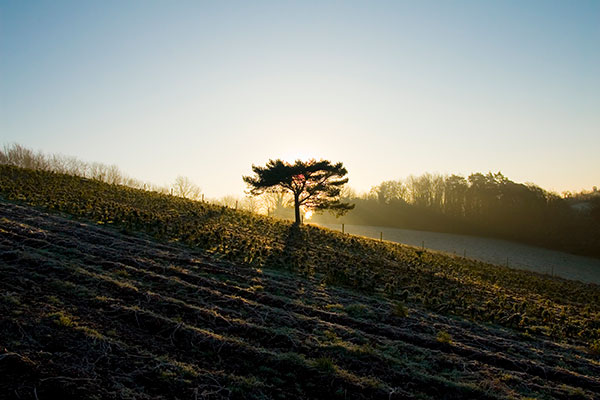
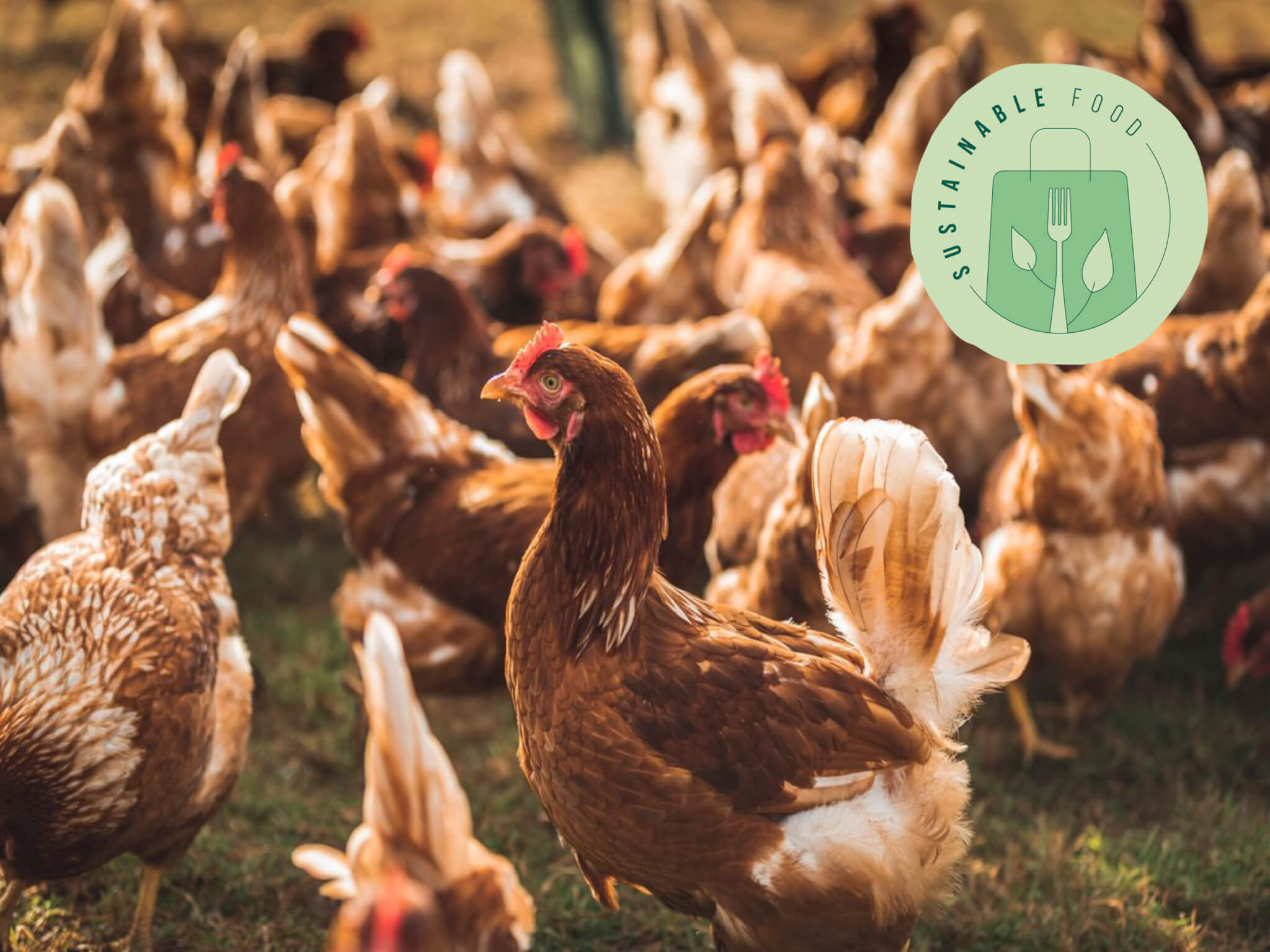
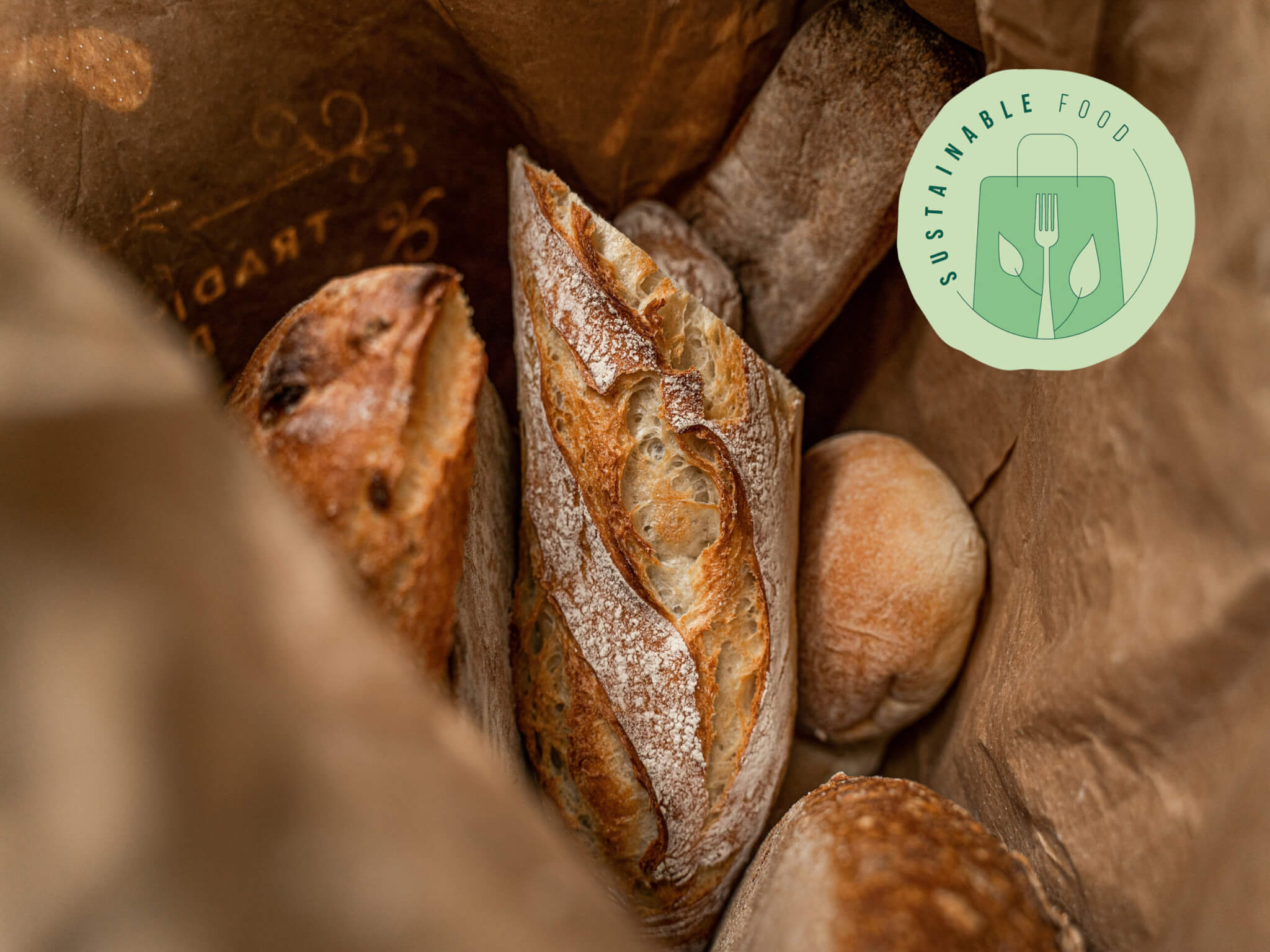
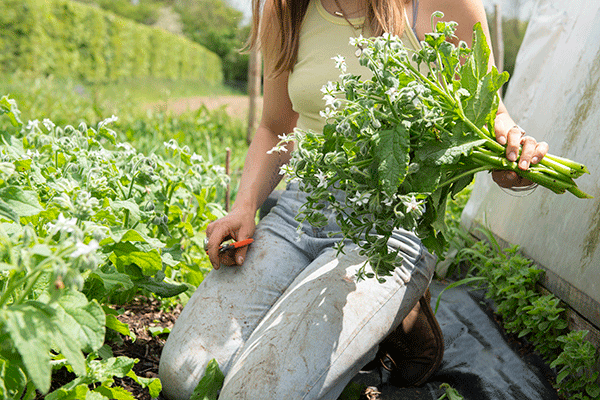
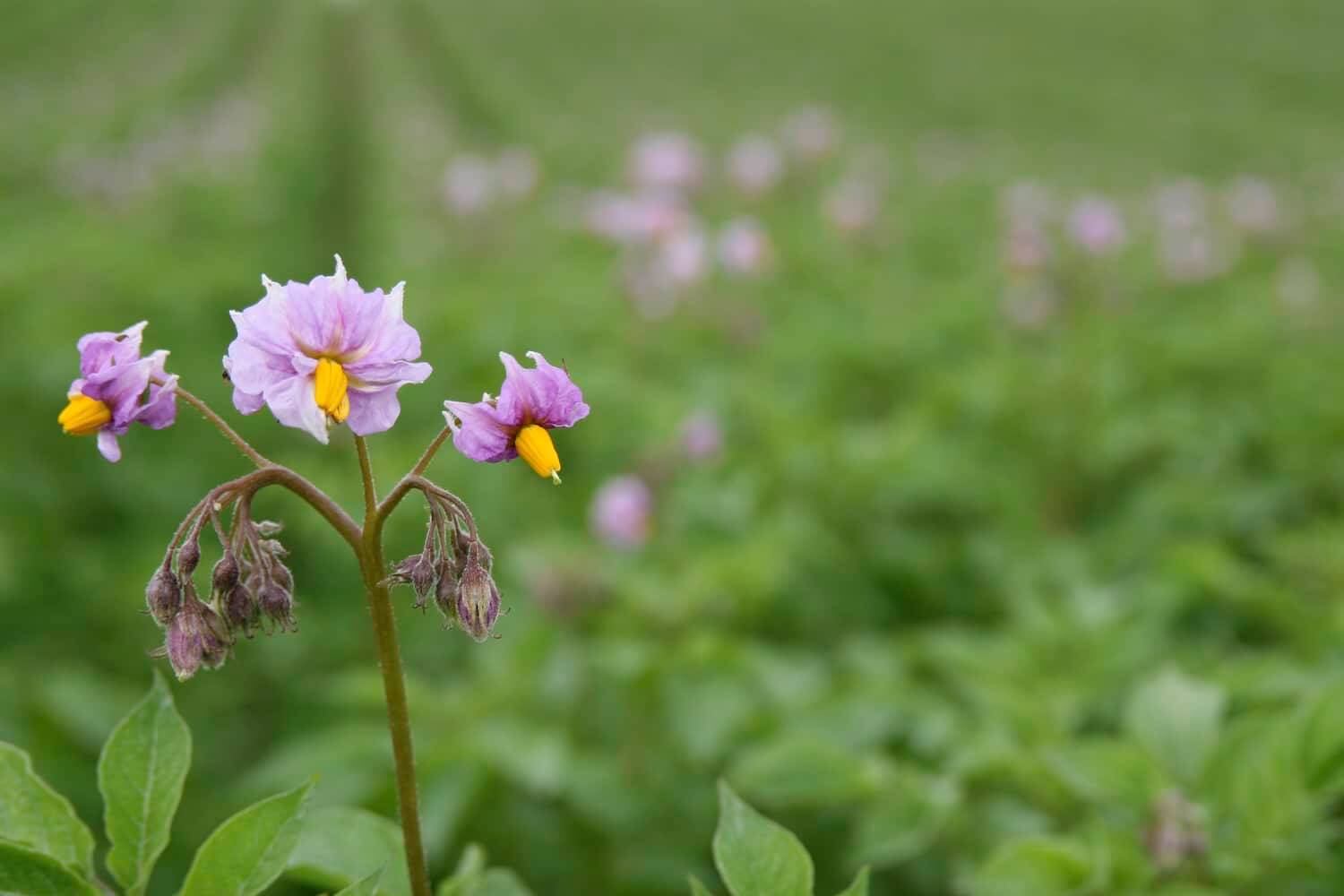




Fantastic affirmations imperative for global adoption, if at all the planet Earth has to feed and shelter all the living in a happy, healthy and hilarious environment and to drive out hunger and malnutrition. My love to Aubert, Jonathan Scurlock, TYFA and UK Soil Association. This is the ideal means to ward off Corona Virus(Covid-19) as this farming technology enhances the immune system not only of humans but also of animals and plants.
Yes why is the likes of BILL GATES funding Pharma companies that deal with a so called vaccine cure for Covid instead funding organizations like the ones mentioned in the article. PREVENTION IS BETTER THAN A CURE!!